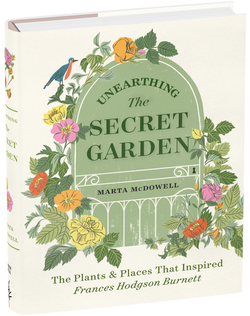
Lecture Arrangements and Topics

If you have a group that would like to be entertained and informed, please get in touch.
For event organizers:
Equipment needs: A digital projector, screen, and darkened room. For large groups, a microphone, and, if you would like me to sell and sign my books, a table and chair. I am happy to work with groups that want to order my books in advance from the publisher to sell copies as a fundraiser.
Fees: For local groups, $750 plus mileage and tolls if you are within an easy drive of Chatham, NJ. Further afield: cost will vary depending on the distance and time involved, generally $1,500 per day plus travel expenses. I'm happy to speak to multiple groups at once if you want to pool resources with clubs.
Don't see a topic that appeals? Contact me to discuss your needs.


















